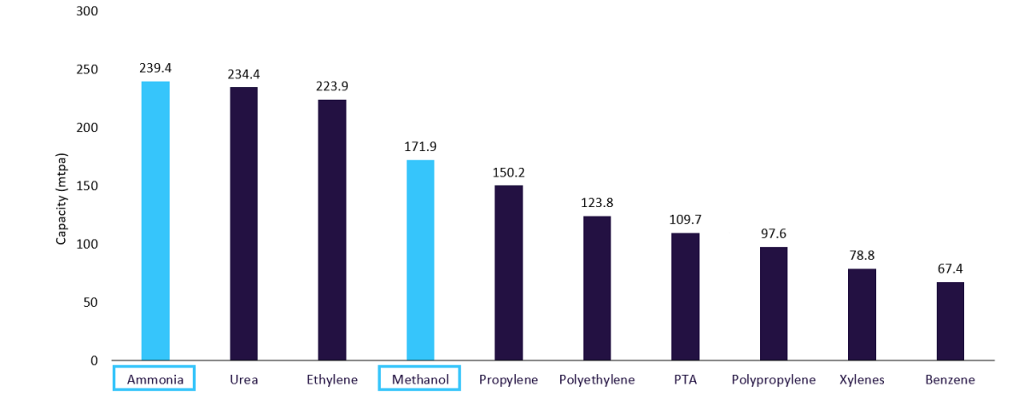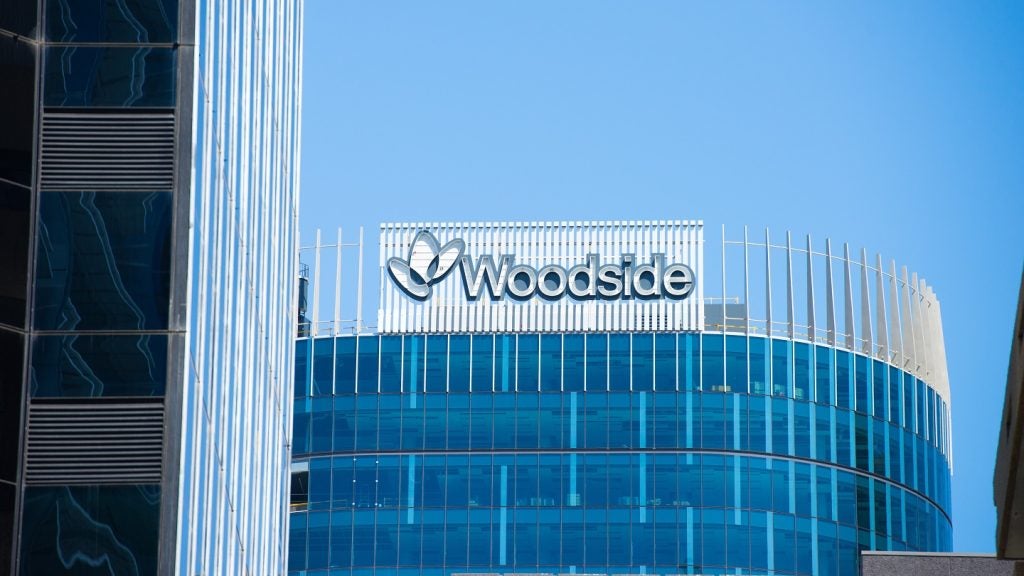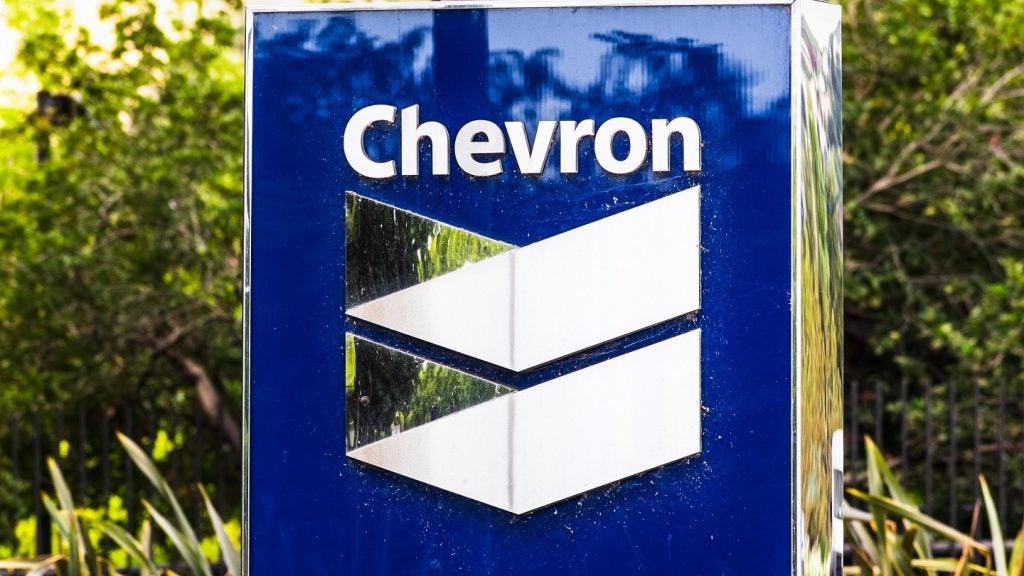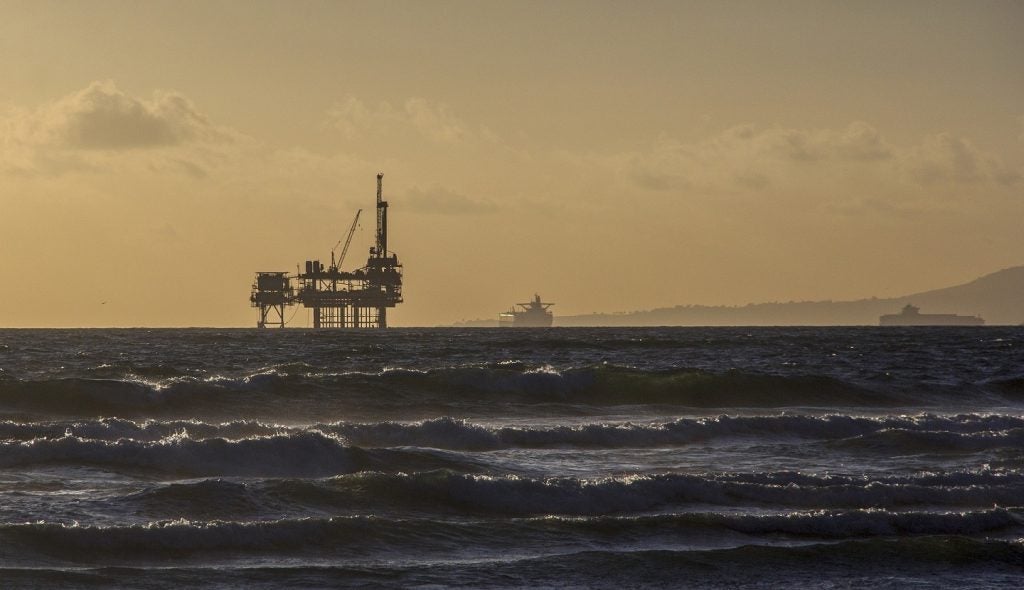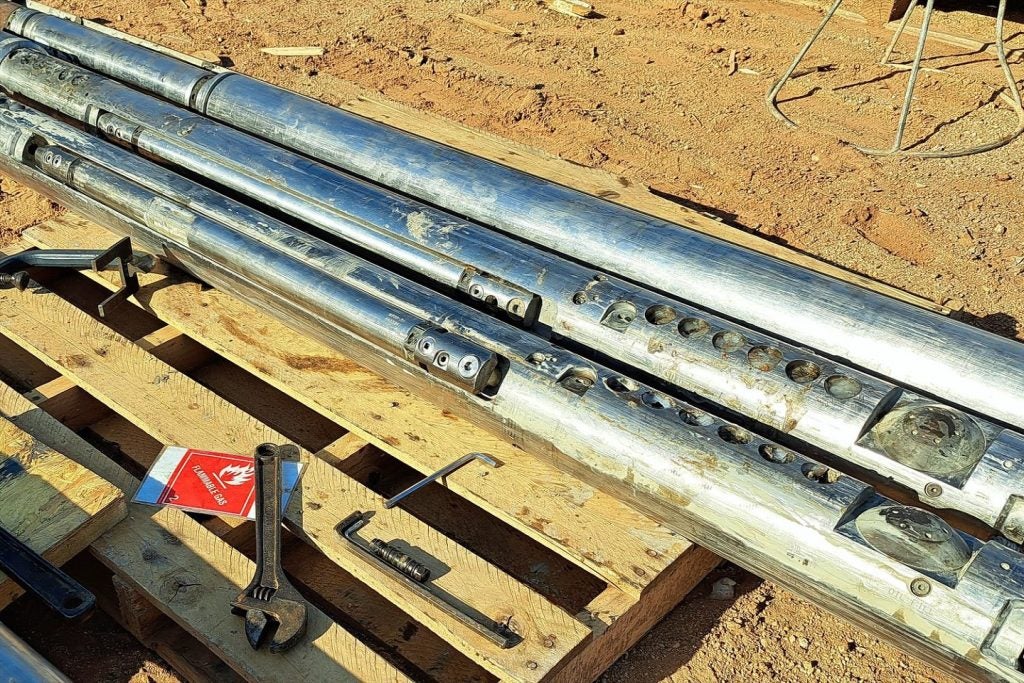Low-carbon hydrogen and carbon capture technologies are gaining prominence in the petrochemical sector.
Companies such as CF Industries and Yara International are harnessing these technologies to decarbonise their respective production processes for ammonia and methanol.
Ammonia is a key petrochemical product, with the agricultural sector being a massive demand driver. It is the most widely produced petrochemical in the world.
Methanol also has significant installed capacity among petrochemical products and has strong demand in the manufacturing sector.
Conventional ammonia and methanol production processes contribute to carbon emissions.
As governments around the world are pursuing various decarbonisation strategies, it has become imperative to kerb emissions from these processes.
The evolution of low-carbon hydrogen, a critical feedstock for both ammonia and methanol, can help in decarbonising these chemicals.
It would also help in mitigating emissions from the end-use applications that rely on these chemicals.
Low-carbon ammonia could be used as a marine fuel and also to generate power while low-carbon methanol could be blended with gasoline and diesel fuels.
Green hydrogen produced from the electrolysis of water by harnessing renewable sources such as solar and wind energy offers enormous potential for the production of green ammonia and green methanol.
Whereas blue hydrogen, produced by employing carbon capture technologies, offers a long-term alternative in the energy transition of ammonia and methanol production.
Strong growth is expected in the number of blue ammonia and methanol plants this decade.
The number of green ammonia and methanol plants is also expected to surge rapidly as the year 2030 draws closer.
The prospects of low-carbon ammonia and methanol are directly linked with the success of low-carbon hydrogen.
Given the rising trend of low-carbon investments, the year 2030 could be a landmark year for the ammonia and methanol markets in the energy transition.


